A Case for the Costa Brava
Beach-to-trail hikes, hidden coves, medieval villages, and where to stay in Cadaqués, an incomparable beach town with a who's-who history of 20th-century artists
We once dedicated an entire newsletter to the Salvador Dalí House Museum in Portligat. Yep, it’s that good, and if you are traveling in Spain or the south of France this summer, you should do whatever you can to get there. But this area is not merely a staging ground for Dalí’s houses and haunts. Just north of Barcelona, the Costa Brava is a sublime stretch of rugged coast with a vast network of coastline-hugging trails that string together villages, pristine beaches and hidden coves. It has a reputation for being tragically overrun by tourists in the summer months, but when we visited in June, we found a superabundance of quiet corners, lightly traveled trails, and a surprisingly laid-back beach scene with more locals than tourists. Teenagers playing on the sand, empty trails, and old men sunning themselves on rocks.
Hiking
We came to the Costa Brava specifically for the beach-to-trail hiking, and it did not disappoint. Shaded by beautiful old umbrella pines with incredible, near-constant views of the Mediterranean, the GR92 is an epic coastal trail connecting beaches, coves and towns along the coast. You don’t need to over-plan; it’s impossible to get lost. Honestly, our approach was pretty lazy—as a vacation should be. We would choose a beach every day—our HQ for swimming and exploring—heading out on the trail, sometimes in our swimsuits for impromptu dips, without much purpose other than enjoying the superviews and turning around whenever we felt like it. You can pick up the trail at almost any beach for an immediate immersion into the unspoiled wilds of the coast, rarely sharing the path with other hikers. You can definitely do long one-way hikes from town to town, but we didn’t want to hassle with transportation logistics, and the views are so spectacular, you won’t mind seeing them twice.
Beach-to-Trail Days
In-town beaches tend to be busier, which we didn’t necessarily mind, especially when we needed a snack. We loved La Playa de Tamariu for perfect, cove-protected swimming, its sandy beach not cluttered with sun beds; a diving board off the rocks; and an incredible paved/unpaved trail into a dreamy maze of umbrella pines and pink rock formations.
Platja de Castell is a sprawling, unspoiled golden sand beach without a development in sight, plus a no-fuss bar/restaurant with plastic chairs in the sand, and one of our most favorite trails. Head north up into the forested hills; the dirt trail is dotted with coves and peek-a-view views off towering cliffs, and a rock-step scramble leads down to a hidden cove, where those in the know (very few) come to swim, lay on the black rocks and snorkel in seclusion. Walk south instead, and you’ll come to Cala S’Alguer, a tiny village of fishermen’s cottages with brightly painted doors only reachable by footpath.
Aiguablava is one of Begur’s most stunning (and most popular) beaches. A great crowd-avoidance hack is go in the early evening before dinner and enjoy the splendor of a near-empty beach and the most beautiful light. Follow the steps up over the cliffs to the neighboring bay, full of big rocks and stones. You can take this path, which meanders through an olive grove at one point, all the way to Platja Fonda with a handful of stops in between, including the coves of Fornells (Cala d’en Malaret and others). Then head back to Aiguablava for dinner at Toc al Mar for the freshest seafood, an otherworldly location at the edge of the sand, and next-level service (they brought out a wool blanket for our daughter on a chilly evening).
So Much Terracotta
There are ceramics everywhere; the craft is deeply embedded in the culture here. In Cadaques, even the gutters are ceramic. Head to Bisbal, which, admittedly, is a little tired, but it’s real and not airbrushed for tourists. Brightly painted ceramics are stacked in front of shops and on sidewalks, plates and bowls affixed to facades. Check out the Terracotta Musuem, housed in a former tile factory, for an intro to the history of terracotta in the region, which runs as deep as the dark red clay. Afterwards, pop into ceramic shops along Carrer de L’Aigüeta, the main thoroughfare in town, including the star, Ceramica Sampere, with its brightly tiled facade and shelves full of amorphous shapes and organic, simply-glazed pieces made in their on-site studio. And don’t miss Ultima Parada in Bisbal, the huge and exceptional general store brimming with ceramics, glassware, cutting boards, linens, furniture, lighting, terracotta garden pots and so much more. It’s like an oversized Spanish version of Labor and Wait with an attached cafe and gallery.
Favorite Towns and Villages
Begur for its lively square and colorful maze of steep, narrow streets, fish restaurants and shops. Pals and Peratallada for picturesque medieval architecture, arches and bougainvillea-covered stone walls. Bisbal for ceramics. Figueres for the Dalí museum.
Cadaqués for the white-washed charm, who’s-who history of 20th-century artists and creative beach town vibe. L’Escala for Empuries, its 6th-century BC Greek and Roman ruins. Cap Crues for the obligatory Dali pilgrimage and otherworldly hikes.
FOR YOUR NOTES
Where to Stay: La Bionda, the beautiful new eight-room hotel, where designers Quintana Partners play with color, tile and terra cotta to creatively and sustainably reinvent a former 17th century residence in the center of Begur. But maybe better for adults. If you have kiddos or a large group, this lovely old stone relic on Airbnb comes with plenty of outdoor space and a pool straight out of Grey Gardens. In Cadaques, highly recommend this perfect three-bedroom apartment with a lovely terrace and views of the sea. If you prefer a hotel, I’ve heard nothing but rave reviews about Casa Nereta, a 12-room guesthouse/former home of surrealist artist Joan Ponç (friend of Dalí).
Tips for the Trail: Most of the coastal paths are great for kids, as long as you stick to the trail—the cliff sides are extreme. The eye-popping scenery keeps kids riveted. Our youngest is eight, so we were able to cover some real miles, but littler ones would do fine, too. There are many gentle stretches with outsized payoffs. Pack snacks, water and sunscreen; you won’t find places to refuel along most the trails, unless cutting through a town. Leave your flip-flops at the beach; bring your joggers.
Peak Timing: We weren’t there in high season, but the crowds are notorious. If you can manage shoulder season (June included!), it is sublimely quiet. Sleepy even.
Dinner reservations are necessary. In busier towns like Cadaqués and Begur, you will need at least a few day’s notice during summer.
Driving: All of the small towns and medieval villages in this region are easily accessible — inland driving is a breeze. Driving to the beach is no biggie either, as long as you’re prepared for a few hairpins. Know where parking lots are ahead of time, ala Google maps.
Navigating Cadaqués: Park your car at the outskirts and try not to leave for a couple days. This exceptionally creative and laid-back beach town offers a great rhythm of reading, napping, swimming, exploring, and the daily pre-dinner ritual of the Maritim beach bar patio, where it seems the entire town descends for cocktail hour and sunset. After dinner, you might get lucky: locals occasionally join arms in traditional dancing in the square.
Dali: As we mentioned, this is Dalí land. Read our newsletter full of the myriad reasons you should not miss his wildly eccentric and equally beautiful house and studio; the incredible art museum he helped create; or Gala’s Pubol Castle, where, why yes, he did need a written invitation to visit.


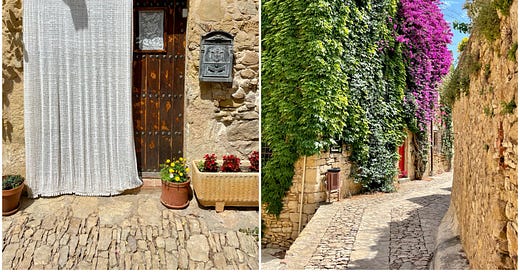

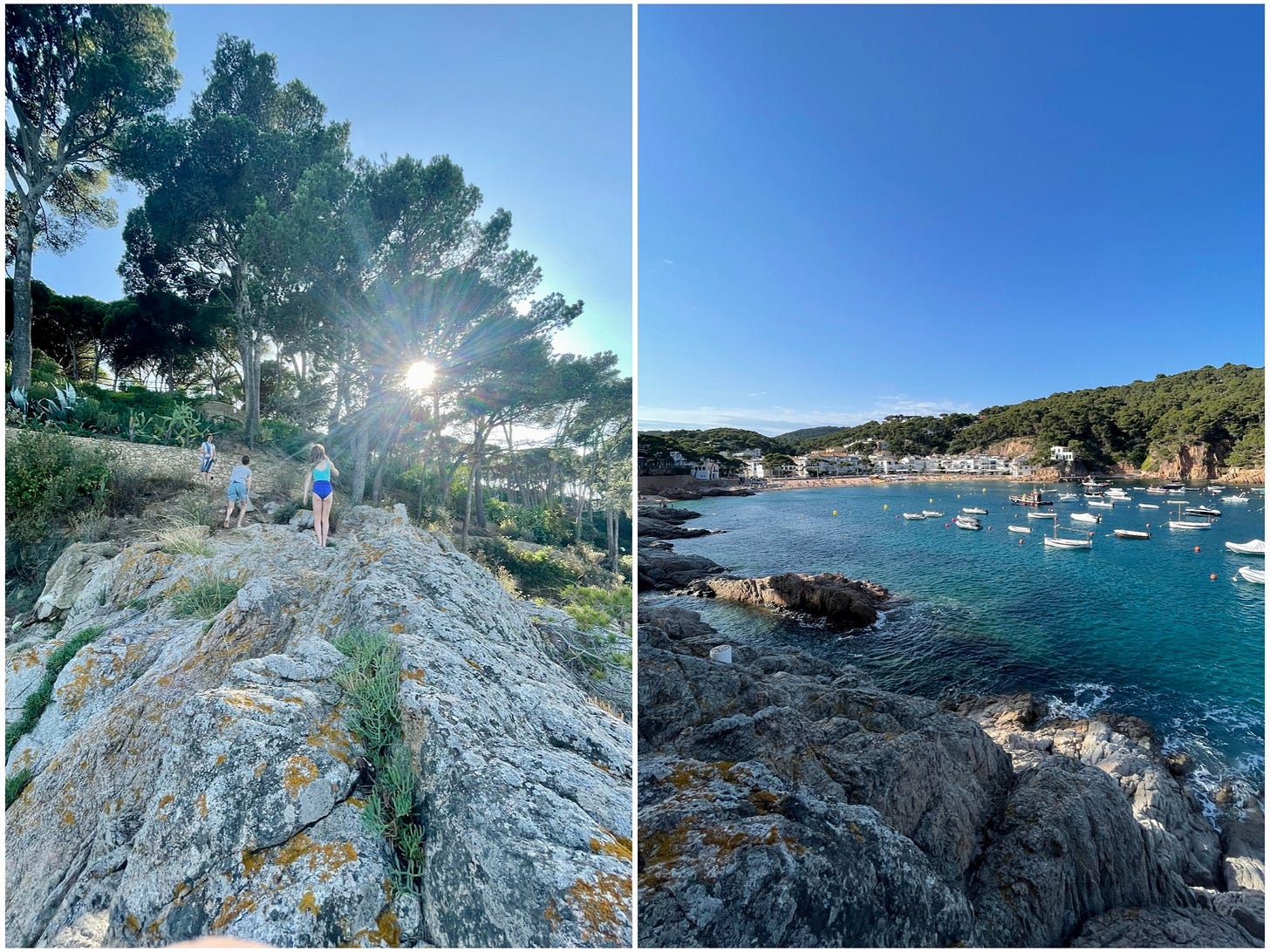
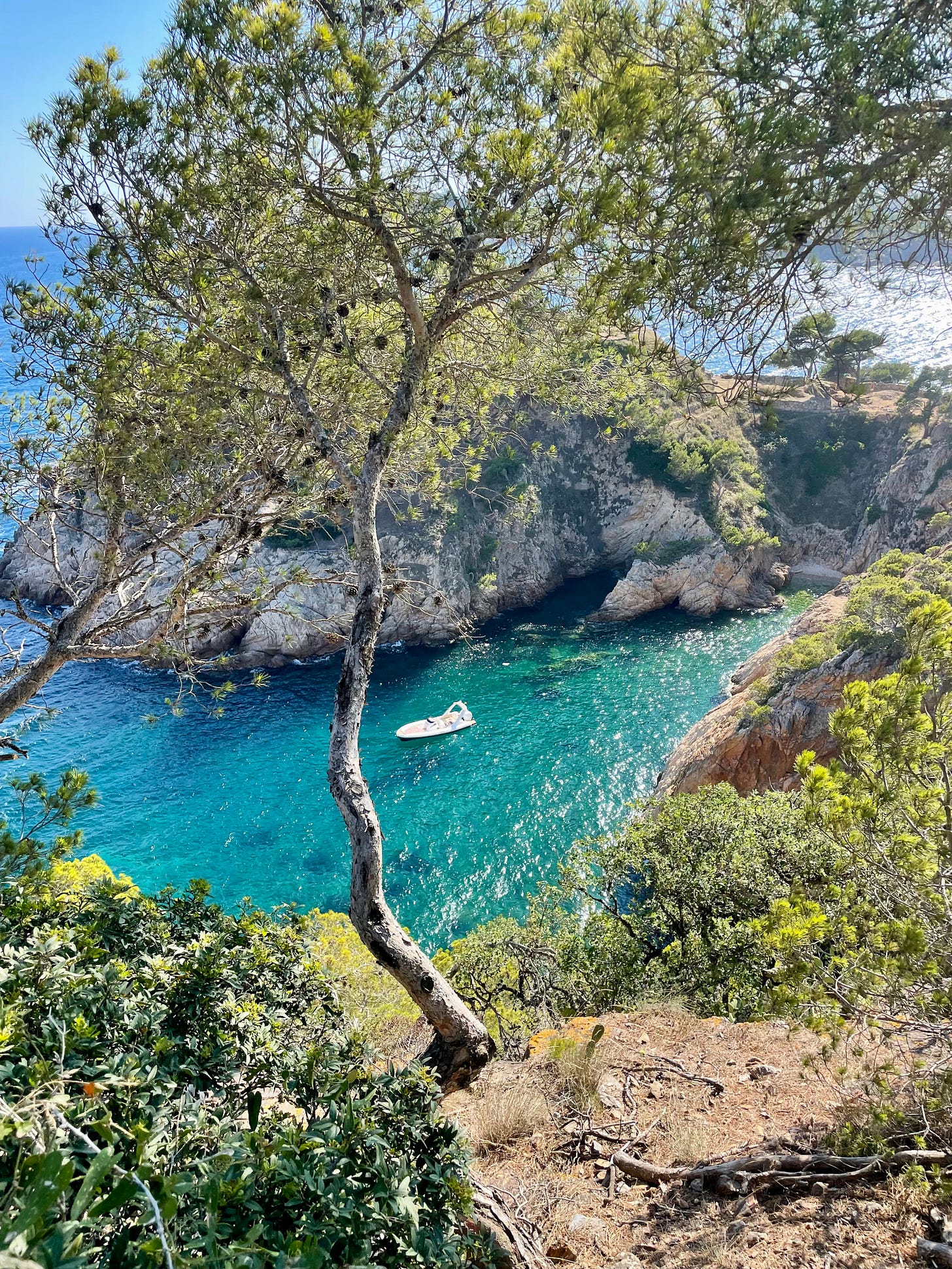
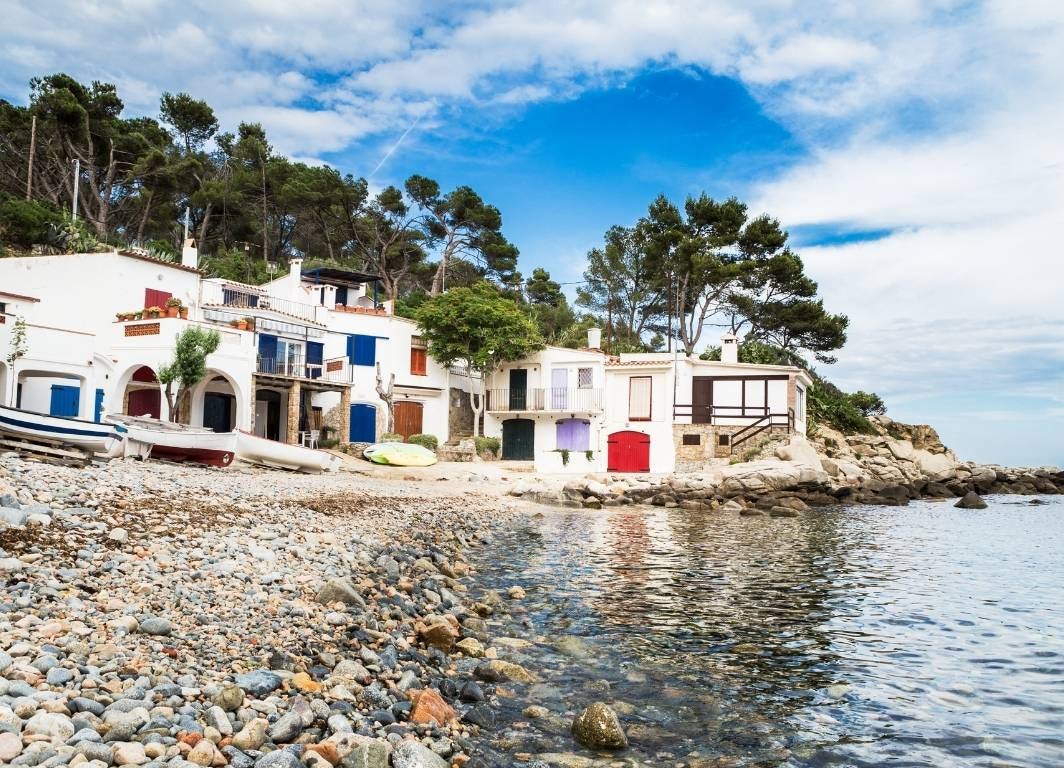
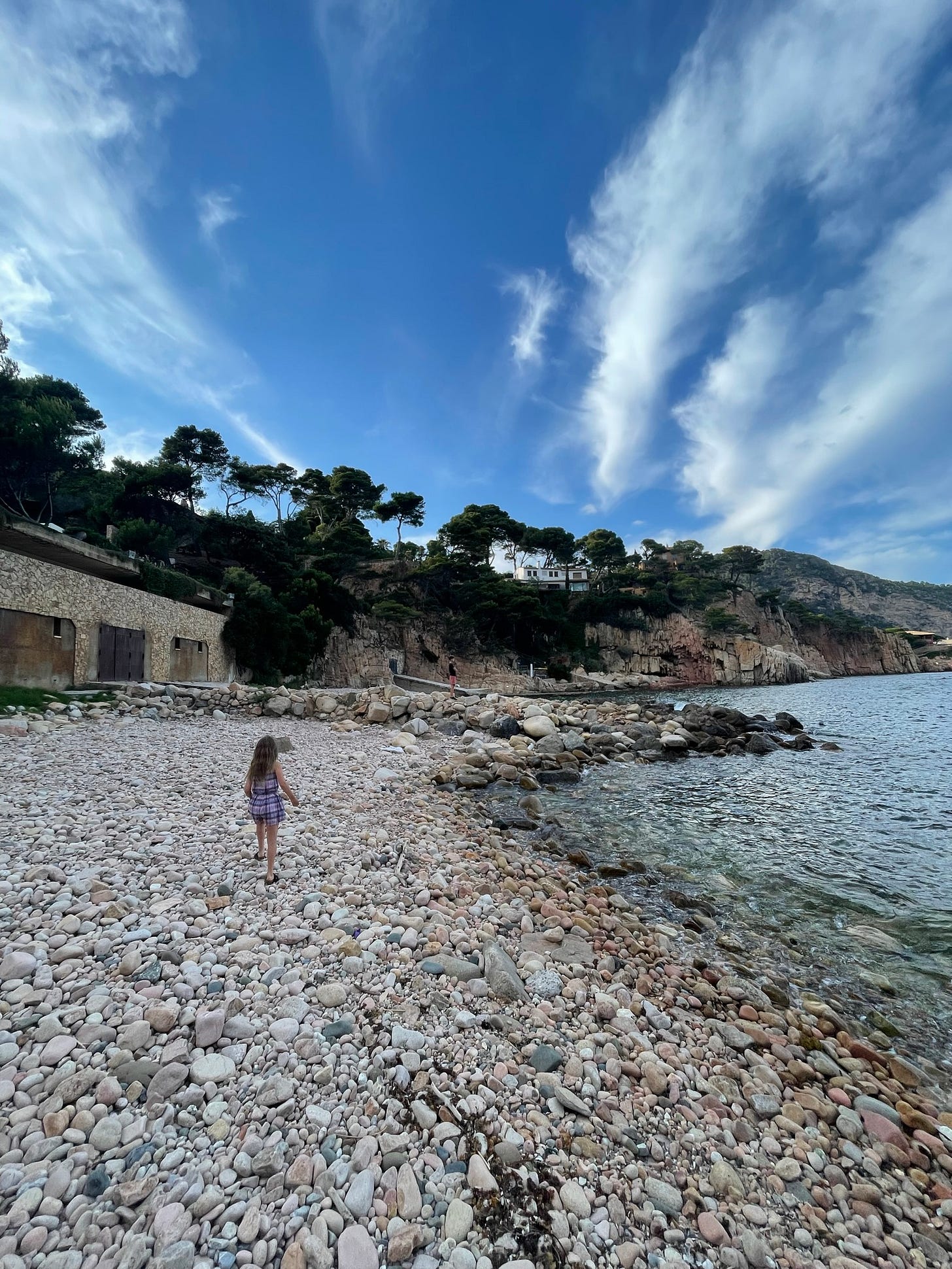
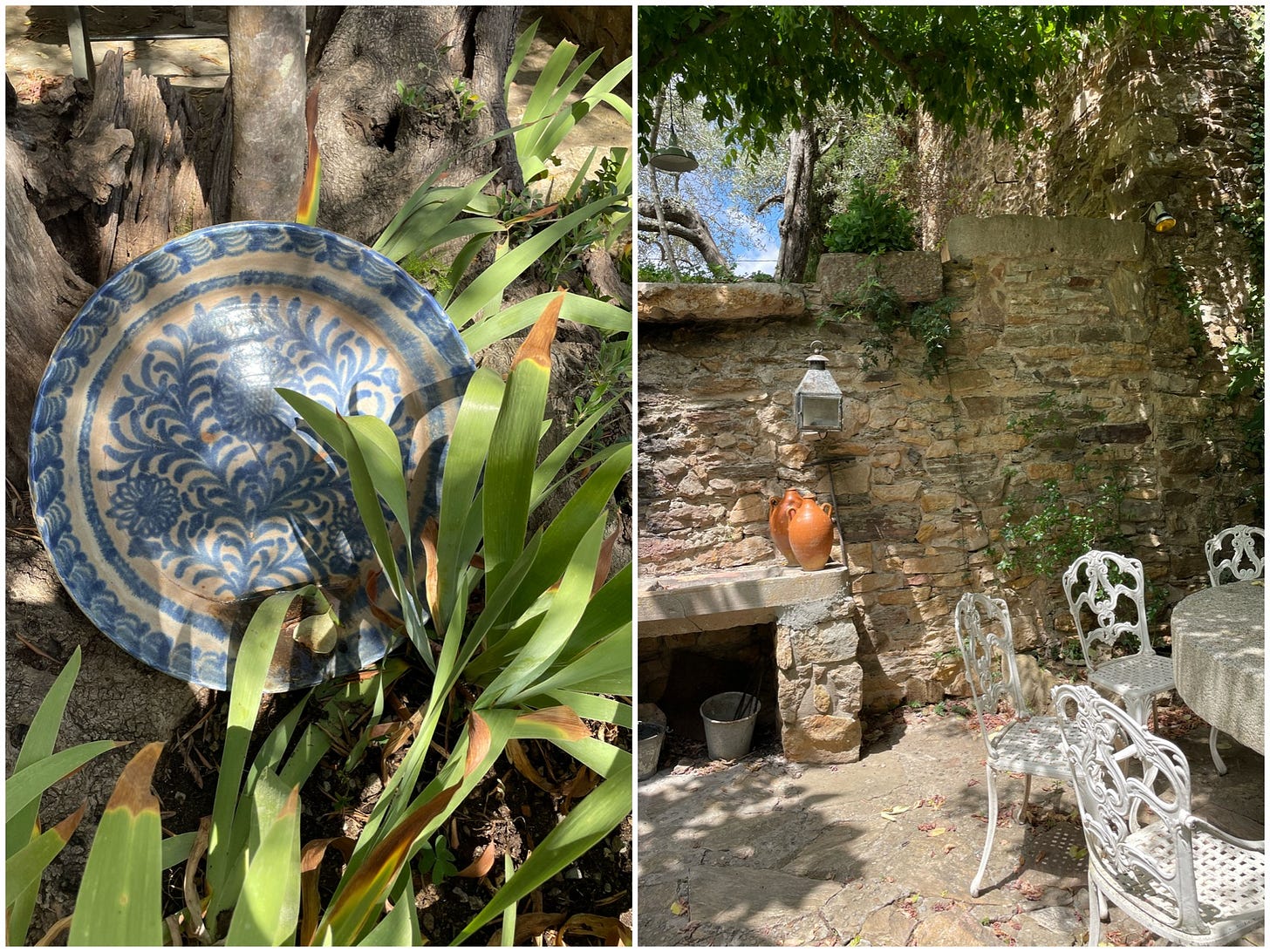

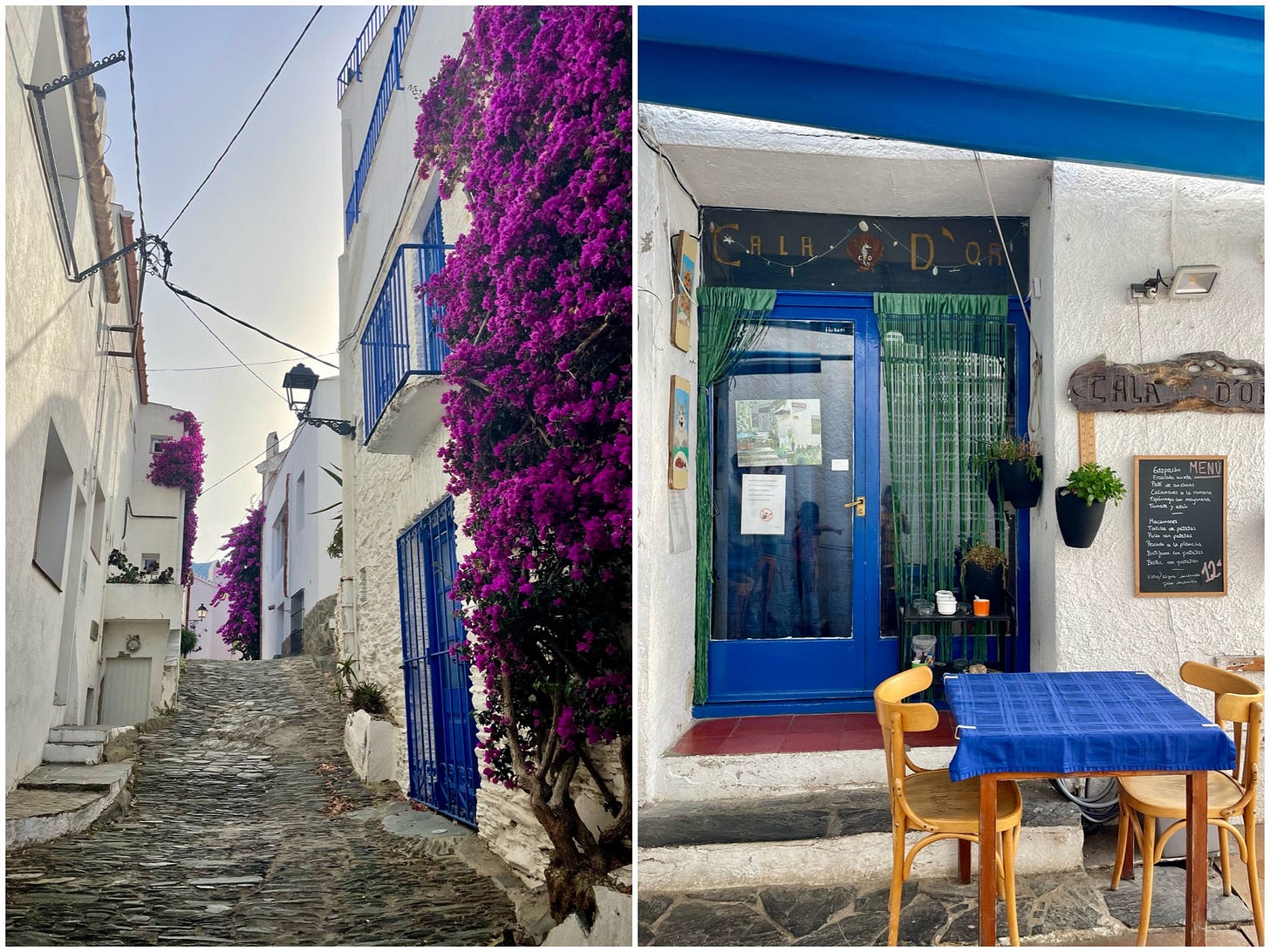
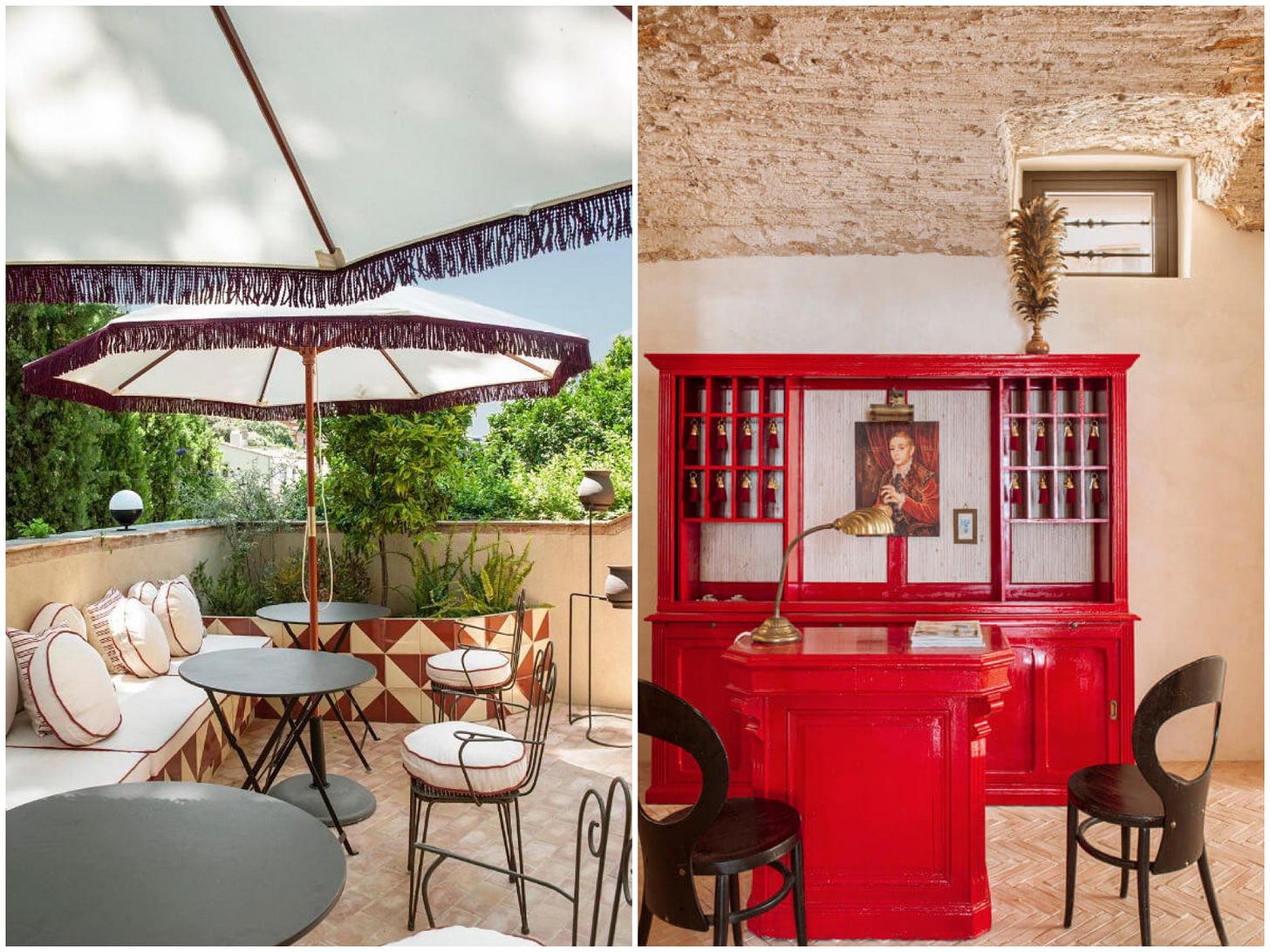

Utterly and completely inspired to visit there, after soaking up the ambiance transmitted by this detailed article and its images. THANK YOU!
I shot a walking holiday from S’Agaro to Aiguablava last autumn, and it was honestly one of my favourite ever trips. The Costa Brava coastline is beautiful!